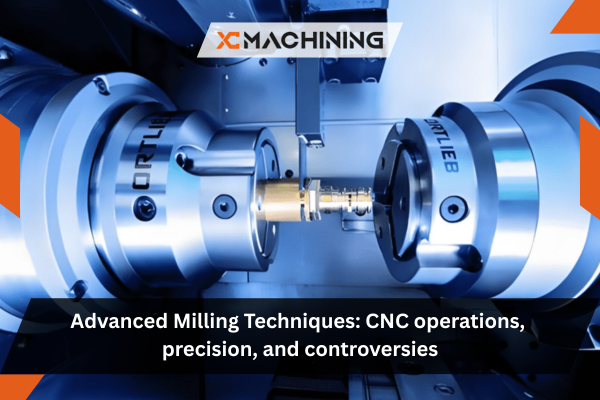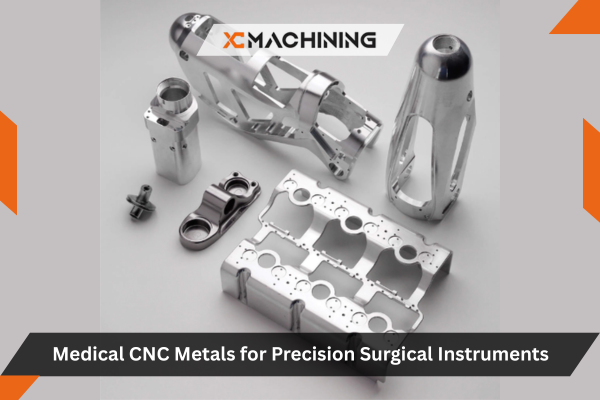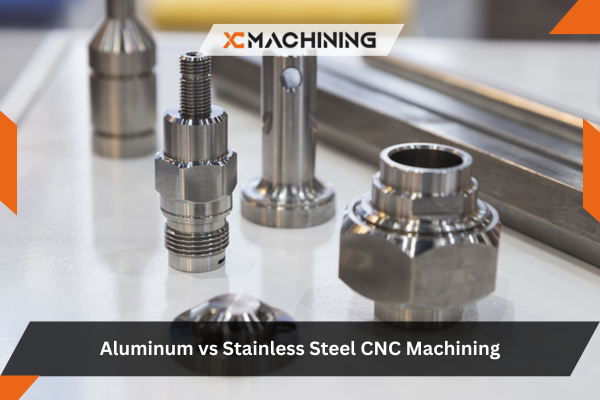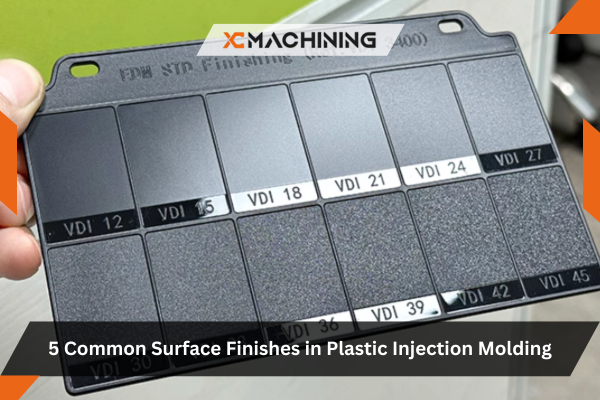The story of the evolution of manufacturing is an exciting one-a testament to the never-abating human ambition and unquenchable thirst for ingenuity. At the nucleus of this journey is, of course, the marvel of engineering that is a advanced milling techniques that had not only reshaped but also sparked debates that are today still raging. The story of milling, ranging from its humble beginnings in being a manually operated tool through the high-tech precision modern CNC systems, is an epic tale of human ingenuity, but also one with our obsession with perfection.
Advanced milling techniques, no doubt revolutionary, have their share of controversies. They have dramatically changed machining processes, CNC operations, and the standards of industrial precision. But what is the cost? Are we trading the skill and artistry of traditional methods for the cold efficiency of automation? This evolution raises critical questions about our relationship with technology and the delicate balance between progress and preservation.
The Evolution of advanced milling techniques
Historical Perspective
In the very early days, advanced milling techniques were hands-on tools operated by trained machinists. This kind of machine required not just technical skill but also some degree of a craftsman’s touch, creating that very sensitive balance between man and mechanical power. Along came the industrial revolution: steam machines, which again brought huge efficiency improvements but always started discussions about human labor, were those the golden times of productivity, or were we eating into the soul of craftsmanship?
The clash between human-driven labor and mechanical efficiency was more than a technical challenge—it was a philosophical divide. Advocates of progress saw these innovations as the key to unlocking human potential, while skeptics warned of losing the artistry inherent in manual techniques.
The Rise of CNC Machines
This seismic shift in the manufacturing world marked a shift from manual advanced milling techniques to Computer Numerical Control (CNC) systems. CNC machining, under precise programming, could perform operations with unmatched consistency and speed. This revolutionized industries and made it possible to produce thousands of complex parts that were otherwise impossible or too expensive using traditional methods.
However, with the introduction of CNC machines, controversies have emerged. Critics claim that such machines devalue traditional craftsmanship and that skilled machinists have become nothing more than button-pushers. Is this a worthwhile trade-off? While CNC operations offer precision, scalability, and efficiency, they do raise questions about the diminished role of human artistry in manufacturing.
Human Role vs. Automation
Among the hottest debates surrounding the evolution of advanced milling techniques is the role that humans play in an increasingly automated world. Proponents say that machines free us up from repetitive tasks, leaving room for more innovation and creativity. Opponents say they fear the loss of irreplaceable human expertise.
This resistance to automation often stems from a mix of practical and emotional concerns. On one hand, there’s the fear of job displacement—an all-too-real consequence in many industries. On the other, there’s a genuine concern for preserving the artistry and adaptability that only human machinists can bring to the table.
Is this resistance fear of change, or is it a valid critique of where manufacturing is headed? We continue to push the limits of what machines can do but also need to evaluate the value of what they cannot—and perhaps never will—replicate.
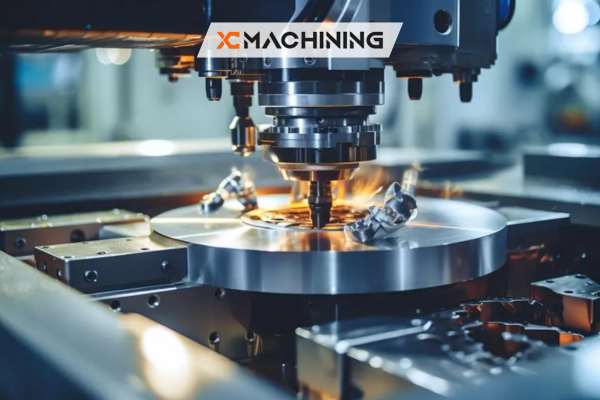
Milling Techniques: Art or Science?
Traditional Milling Techniques
Traditional milling has always been the crème de la crème of skill. It is, in its most basic form, a kind of dance between operator and machine—a delicate manipulation of the machine. The ability to control a advanced milling techniques by hand was often considered an art, built on deep understanding, years of practice, and the perfecting of precision over time. However, as the popularity of CNC technology has boomed, traditional milling has also started to be viewed through critical eyes.
Precision by Hand or Skill at Risk?
Manual milling machines is a beautiful thing, but it’s not without its risks. The precision required by today’s standards sometimes seems beyond what human hands can reliably achieve. While machines can perform with unwavering consistency, the manual machinist is at the mercy of their own skill and the limitations of their senses. Critics argue that this human element might be holding manufacturing back. But can a machine actually substitute for the expertise of a master craftsman? The argument is far from closed, and some continue to argue that the quality of human-driven precision can’t be replicated in a machine.
Modern CNC Milling Techniques
CNC machine operator has fundamentally changed the landscape of advanced milling techniques. These machines can execute complex designs with extreme precision, reducing the chance of human error and offering repeatability that manual processes simply can’t match. However, the adoption of these techniques has led to some tough conversations about what is lost in the process.
Multi-axis Machining and Its Transformative Impact
Multi-axis CNC machines can create parts of an intricacy that was previously impossible to achieve in one setup, adjustments, and rework. This capability has transformed industries such as aerospace and automotive manufacturing, where precision and speed are not negotiable. But this transformation isn’t just about speed; it’s about rethinking the entire advanced milling techniques process, leading to reduced human involvement but also raised questions about the evolution of the craft itself.
Critics argue: Do too many complications kill creativity?
Indeed, with increasing complexity of CNC machine tools, some may ask the question: do we lose something – creativity? Indeed, being in the opposition, it’s easy to overtrust in such a powerful tool as the machine and, consequently, push the creativity of an operator to the back burner. This, of course brings even a more serious philosophical problem – are we losing some creativity of humans for just that cold precision? Machines, after all, are created to follow instructions-they can’t innovate on their own. It’s a tough pill to swallow for those who believe manufacturing should retain an element of artistry, and not simply be a race for ever-increasing productivity.
Hybrid Techniques
The growing trend in CNC technology has prompted various manufacturers to find ways of compromising the traditional advanced milling techniques with more precision. The hybrid methodology seeks to merge manual skills and CNC machinery, offering the perfect integration of both worlds:
Combining Manual Skill and CNC Precision: A Midway Solution
This hybrid approach will allow the machinist to preserve the human element in his work while taking full advantage of the speed and consistency a optimizing CNC machining offers. For instance, a machinist might use a CNC for the bulk of the work but finish off with manual techniques to be able to adjust slightly or add a certain touch that a machine alone would not have noticed. This way, it is possible to retain the craftsmanship of the old advanced milling techniques method while incorporating the latest technology.
Controversy: Is This a Compromise or an Unnecessary Redundancy?
This hybrid method is controversial. Some see it as a brilliant compromise, allowing for the best of both worlds. However, others argue that it is an unnecessary redundancy. Why rely on manual techniques when CNC milling can do everything more efficiently? They claim this middle ground creates extra steps that slow down production and increase costs without adding much value. But to the belief in the art of advanced milling techniques still subsistent among many, it was what gave it that element of humanity that cannot be altogether supplied by machines.
The process of Machining Precision and Pragmatism
It’s an art that is, in theory simple but actually complex because the machining process removes material from which a part would be made in the form of cutting, drilling, and grinding. It is, however, much more challenging as it must be precise, so the entire detail is done right to tolerances sometimes as little as a few thousandths of an inch. Is Precision Worth the Cost of Time and Resources?
In today’s world, precision is the only king—but it comes at a certain cost. advanced milling techniques require heavy machinery, expensive tooling, and sometimes, rather time-consuming setups. While only a few microns might be necessary in aerospace to make the job, would they always pay for those costs? Critics say that it has become a disease or obsession of certain industries as they have started to favor precision over practicality with unnecessarily inflated costs and left businesses in a corner of sacrificing efficiency for near perfection.
Speed vs. Quality: Is Industry Setting Prioritization On Wrong Metric
This new pace and efficiency in producing are driven by modern manufacturers, often with the cost of quality, a point of which critics believe that the frenzy to fast-track production often pushes down on the craftsmanship and precision advanced milling techniques of it. Others on the other hand believe it’s imperative in a free global economy: speed is one thing in an industry that argues about the balance between it and the quality.
CNC Operations: A Double-Edged Sword
Precision and Productivity
CNC operations have come to dominate much of manufacturing because of their ability to provide precision at a speed that once was unimaginable. These machines can consistently produce identical parts, often at a rate far faster than any human-operated machine could achieve.
How CNC Machines Outperform Traditional Methods in Consistency
CNC machines can run complex designs with perfect consistency, something that traditional advanced milling techniques can rarely match. This has transformed industries where even the slightest deviation in a part can cause significant issues, such as in aerospace or medical device manufacturing. With CNC prototype machining, each part is identical, making it easier to scale production and maintain quality standards.
Counterarguments: Are We Sacrificing Adaptability?
Although CNC machines offer excellent consistency, they cannot be flexible. While a versatile manual machinist may adapt to a situation, making decisions on the fly, the CNC machining metal needs to be programmed for every new job. In cases where there is a need for fast adaptation in industries, this becomes a significant drawback. There are issues that a human operator can have flexibility and problem-solving abilities which cannot be matched by the advanced milling techniques.
Problems in CNC Operations
While offering plenty of advantages, CNC machines are not a challenge-free activity.
Programming Errors: A Small Mistake with Catastrophic Consequences
CNC operations are very sensitive to errors in programming. A small mistake in the code can result in disastrous consequences, causing damage to the machine or worse, producing defective parts. This issue shows that there is a need for an experienced operator who can catch mistakes quickly and adjust accordingly—even though some argue that this reduces the role of humans in the process.
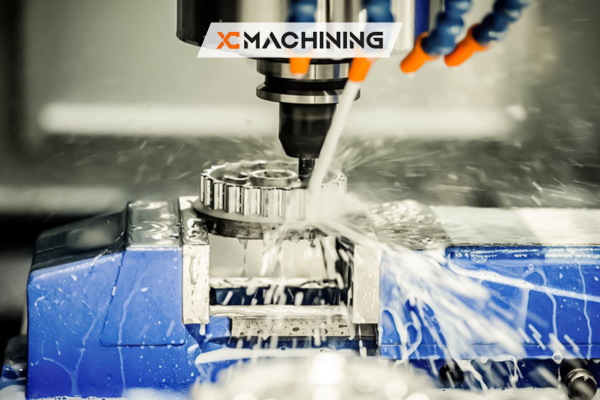
Human Dependence on Machines
With the rapid rise of CNC machining tolerance, some worry that we’ve become too dependent on machines, relying on them for nearly every aspect of production.
The question of human skill in the age of CNC machines is a controversial one. Though CNC operators still require technical knowledge, whether they are skilled artisans or only technicians who operate a machine remains a debate. Some claim that this reliance on software is diminishing the craft, while others argue that it represents the natural progression of manufacturing.
The increasing dependency on CNC and automation technologies raises questions related to job displacement. When more tasks are performed by machines, human labor becomes unnecessary in certain industries. Therefore, the concern is the possibility of job loss, particularly among skilled trades. Is the future of manufacturing automation, or is it heading toward a future where human workers will become obsolete?
Conclusion
The history of advanced milling techniques, from manual methods to the emergence of CNC operations, has been a tale of great innovation and much debate. Milling, once a craft reliant on human skill, has become an extremely automated process that relies on precision machines. Although CNC technology provides unparalleled consistency, speed, and scalability, it also raises critical questions about the future of craftsmanship, job security, and the role of human skill in manufacturing.
Ultimately, the debate is not about replacing manual advanced milling techniques with CNC operations but whether we can find a balance that gives precision and art, efficiency and human involvement in equal measure. Manufacturers must understand how to navigate this delicate intersection amid technology advancement: while moving forward with innovation, not pushing the value of human expertise behind with it.
FAQs
What is the difference between conventional milling and CNC milling?
Traditionally, advanced milling techniques was used with the help of manpower and expertise, but on the other hand, a CNC mill uses computers with controlled machines to offer greater precision and automation, leading to faster and more uniform outcomes.
How has CNC changed machinists’ work?
CNC has changed the machinist from manual craftsmanship to a more technical aspect of work where operators will actually program and monitor the machines and not manually control the tool.
Is CNC milling more efficient than traditional milling?
Yes, CNC milling is generally more efficient due to its automation, speed, and ability to produce consistent results, reducing human error and increasing productivity.

